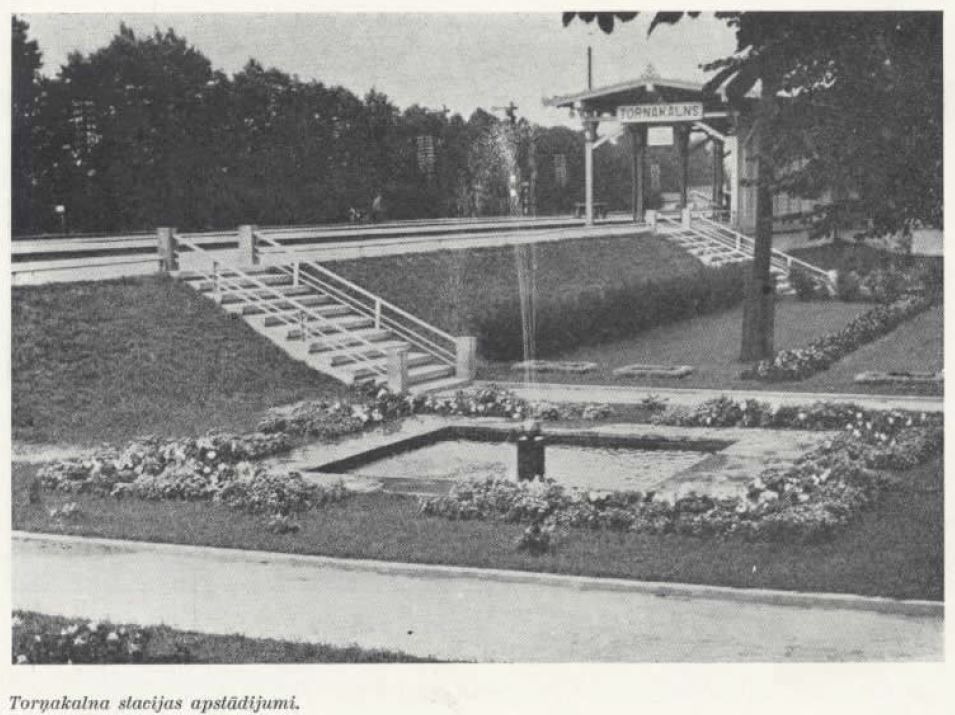http://books.google.com/books?id=r9...=PP1#v=onepage&q=railroad engineering&f=false
This is an interesting book on the engineering practices behind route planning and track surveying. There are some interesting photos of famous lines such as the Georgetown Loop in Colorado. While we use laser sights and guides today, the engineers used barometric and aneroid altimeters to measure the grade a 106 years ago. There are also other aspects discussed here including curve radii with all the math that go into that too.
This is an interesting book on the engineering practices behind route planning and track surveying. There are some interesting photos of famous lines such as the Georgetown Loop in Colorado. While we use laser sights and guides today, the engineers used barometric and aneroid altimeters to measure the grade a 106 years ago. There are also other aspects discussed here including curve radii with all the math that go into that too.




